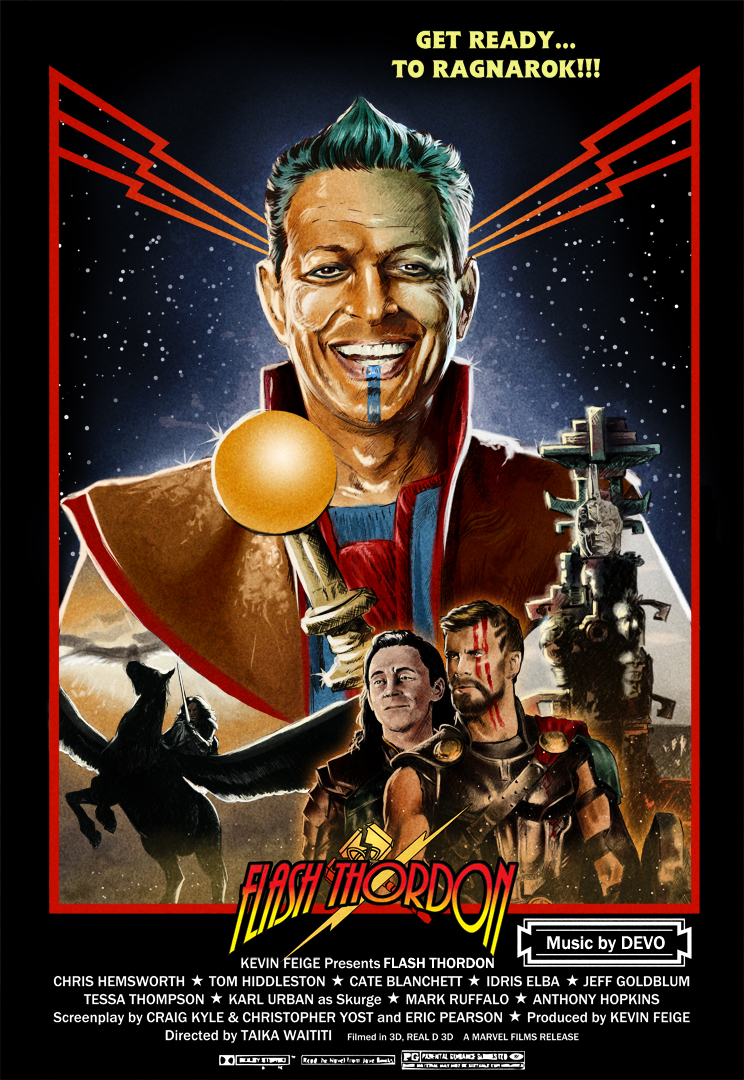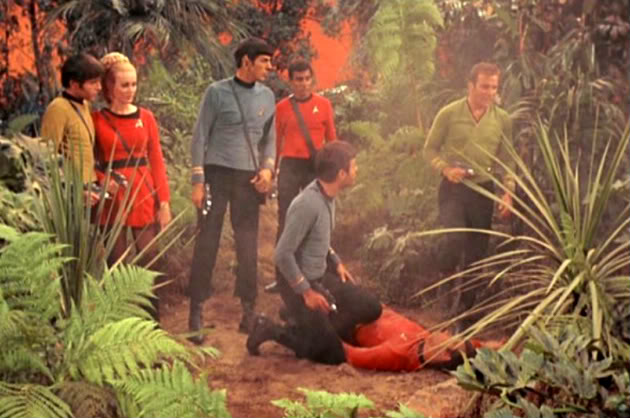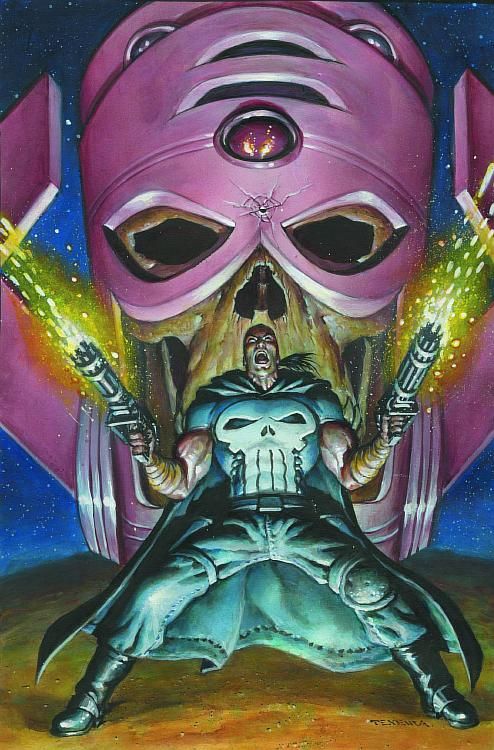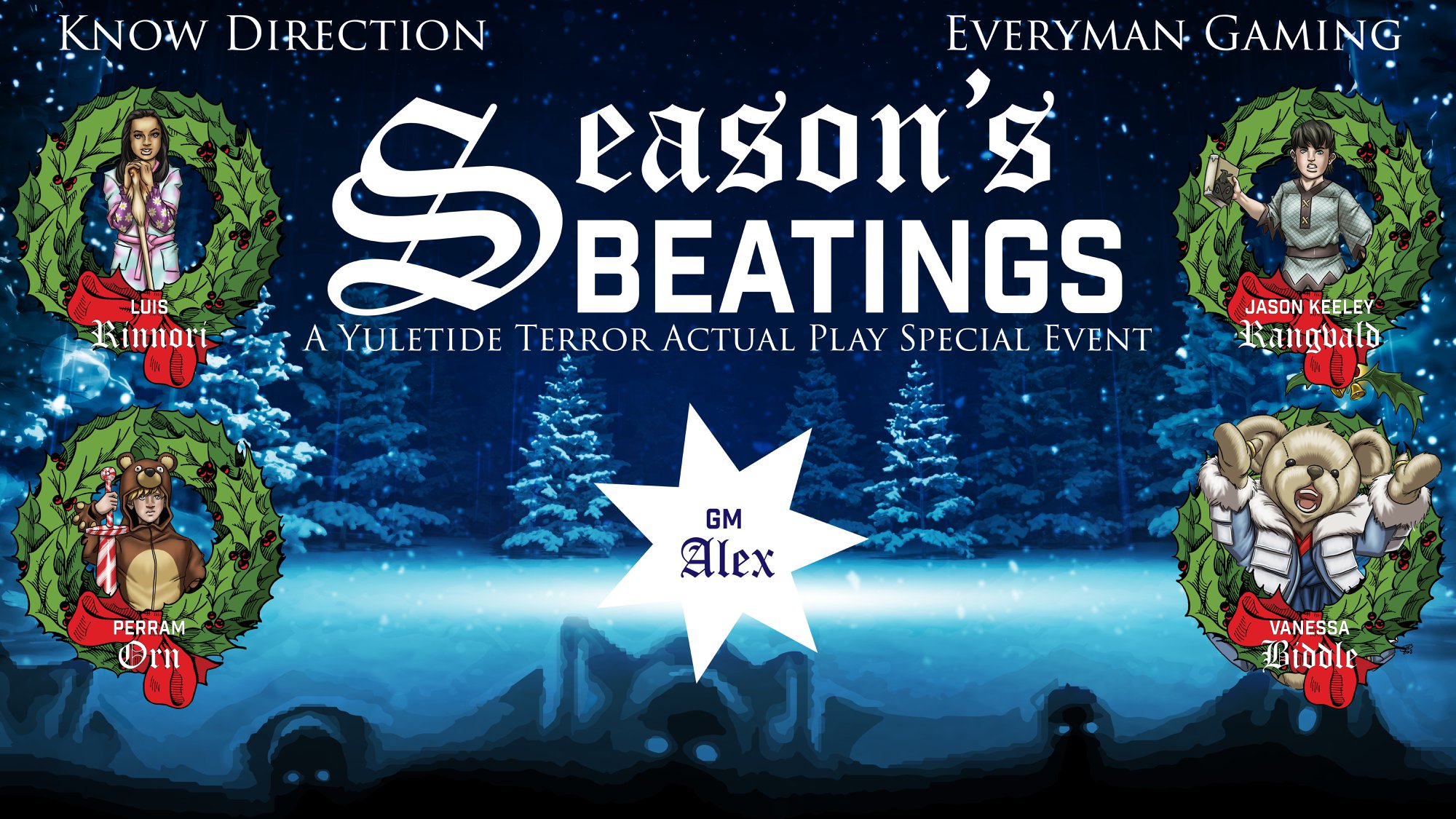Teasers for movies are short hints at how a movie will feel. They’re sometimes mocked as commercials for commercials, but they play an important role in setting expectations. Audiences like going into a movie with an idea of what mood they should be in. If Thor: Ragnarok hadn’t set expectations for a funnier action movie, audiences might have avoided it expecting another Thor: The Dark World, and audiences looking forward to another Thor: The Dark World might have resented the sudden infusion of humour.
Teasers for TV shows -or Cold Opens- serve a similar purpose. Medical dramas suck viewers in with the most original scene in what is otherwise a formulaic episode. Shows like Buffy and Dr Who that can vary in tone let the audience know whether this episode is a Hush or Don’t Blink, or if it’s a Once More With Feeling or Bad Wolf. Star Trek establishes the episode’s threat by throwing some red shirts at it.
RPG campaigns don’t usually have teasers. They are continuous stories strung, with one session’s end point typically marking the next session’s starting point. And that’s unfortunate, because like a casual Buffy viewer getting blind sided by The Body, there is a lot of experience lost by not being able to properly prepare. Depending on how an adventure is laid out, some encounters can serve as teasers in that they remind you of your party’s strengths and weaknesses. As GMs, we shouldn’t feel the need to hold our players’ hands, but if multiple encounters go long because every creature has a particular DR and the PCs are well aware of what they should have done to overcome the DR but it’s too late, the fun at the table suffers. It’s like the experience of watching a movie where the characters are so consistently not doing the obvious thing they should do that you want to yell at the screen, except the people who want to yell are also the ones in charge of the characters.
There might be some backlash to the idea, but we can use teasers in our games to our advantage, GMs. They are about setting expectations and hinting at some things to come, key words being “expectations,” “hinting,” and “some”. A good teaser sets the tone for the session and narrows the vast world of a fantasy setting down to what is contextually important. Because it is contextual, it doesn’t break verisimilitude. Yes, The Punisher exists in the same world of as The Silver Surfer, but there are enough corrupt business people and organized criminals in the Marvel universe that years can go between Punisher having to interact with cosmic threats.
Published adventures have a variety of tools you can use as teasers. If you are running homebrews, you can use these tools as templates to design your own teasers:
- Product pages: When an adventure starts, players already have an idea what they’re getting into because the GM sold them on the campaign. What sold the GM on the campaign? If it’s a published adventure, odds are it was the product page. If you’re running a homebrew, imagine what the product page for your campaign would (and wouldn’t) reveal.
- Campaign Guides: For the GM and players committed to more than a few paragraphs, a Campaign Guide goes into depth on the background, setting, and important characters for the campaign, as well as rules to prepare players for recurring mechanics related to the adventure.
- PFS Opening Scenes: Almost invariably, Pathfinder Society scenarios open with a meeting between the PCs and a quest giver with some information that’s relevant to their quest. While these scenes are formulaic, there are usually qualities to them that help them stand out. I’ll go into some of the more memorable quest giver scenes and how to write one that stands out in the next Behind The Screens. For now, consider a PFS quest giving scene the prototypical teaser, laying out important exposition and giving the players opportunities to arm themselves with knowledge by asking the right questions (which, in my experience as both a PFS player and GM, they never take full advantage of).
In the next installment, we’ll go into crafting and implementing a good teaser.










